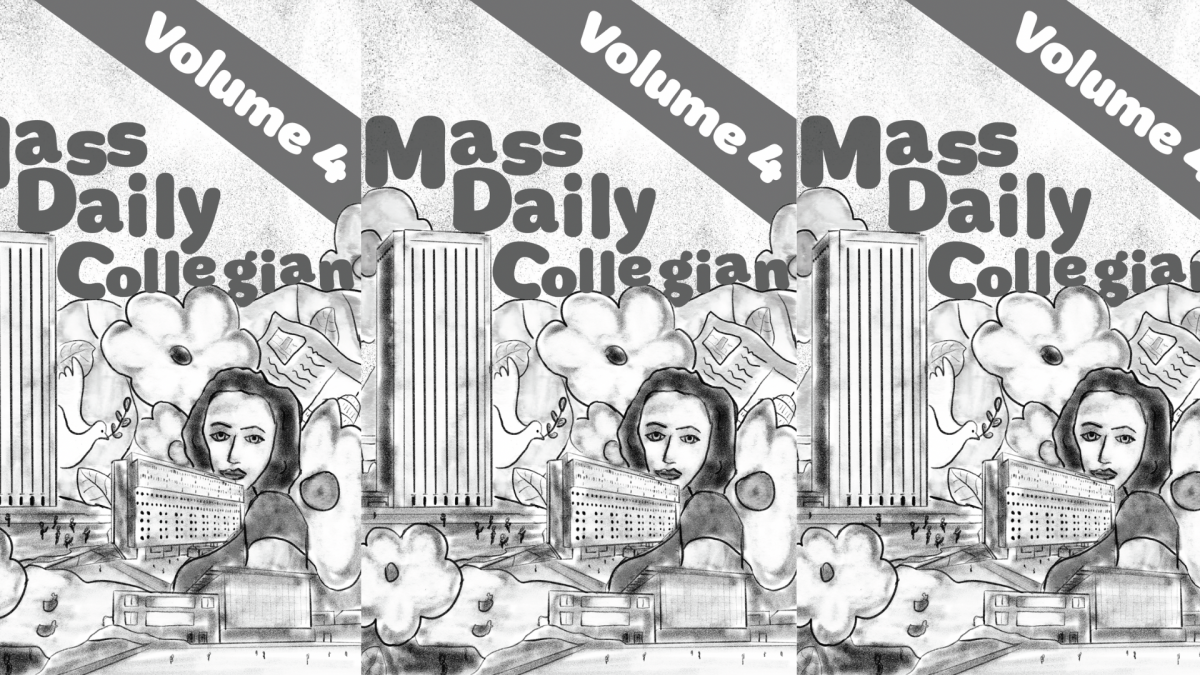It’s almost impossible to go a day without using a map. We check our friends’ locations on Life360, use Google Maps to navigate a trip to the store and track our DoorDash order’s whereabouts. While we all use maps in our daily routines, overall geographic comprehension in the United States is considerably lower than it should be.
Growing up, I spent countless hours staring at the maps on classroom walls, daydreaming of far-off places I had only read about in books. What was it like to live in El Salvador? To go on safari in Tanzania? To walk the streets of Tokyo? My utter fascination with the world around me led me to become one of the very few geography majors here at the University of Massachusetts.
Even among students in higher education, a geography curriculum is often misunderstood. I study human geography, a subdivision of the general subject, which centers around the ways in which human cultures and communities interact with their physical environments. We take deep dives into different regions of the world, examining why things are the way they are, from city structures to racism and global power structures.
Many dismiss geography as nothing more than memorizing the physical location of countries and capitals on the map – a perception likely derived from the U.S. education system’s lack of geography requirements in K-12 schools.
In my experience, the only time geography was ever taught before college was in seventh-grade social studies class. Of course, this was taught solely through map quizzes on different regions of the world, typically by continent. While many could determine Italy was “the one shaped like a boot,” we never learned about what made a particular place unique.
According to the Nation’s Report Card, the largest continuing and nationally representative assessment of academic performance in the U.S., only 25 percent of American students in the eighth grade scored “at or above NAEP (National Assessment of Educational Progress) proficient” in geography.
The measurement was based on a standardized exam and was a two percent drop from 2014. While 26 percent of students could identify the locations of London, Mumbai and Los Angeles on a blank map, just 8 percent could explain a positive and negative impact of urbanization. Only 4 percent could view a photo of a man in the desert and describe how he adapted to his climate.
Our world is vast, with thousands of diverse cultures, complex political systems and a globalized economy that relies on contributions from every corner of the globe. The American education system has done a disservice to all learners by failing to teach students about our planet’s fascinating cultures and peoples. If Americans are kept in a bubble without knowledge of the outside world, how can we possibly create a more equal and accepting society?
The lack of geographic education in the U.S. has real-world impacts. During the Ebola outbreak of the 2010s, many Americans believed the entire continent of Africa was impacted by the epidemic, unaware that the virus was only located in western African nations such as Liberia and Sierra Leone.
Travelers arriving from all African nations were screened and occasionally quarantined out of fear of the virus, including those arriving from South Africa – 3,000 miles away from the outbreak. If more Americans knew Africa was not a single country, perhaps the paranoia could have been avoided.
This isn’t the only time Americans’ lack of geographic knowledge comes into play. The U.S. has been involved in numerous military operations throughout the 21st century; American troops are stationed all over the world. A significant number of Americans are unable to locate these areas or, even worse, determine real from fiction.
In a 2015 poll by Public Policy Polling, Republican voters were asked if they would express their support for bombing Agrabah, the fictional location of Disney’s 1992 film “Aladdin.” A mere 13 percent of respondents opposed the bombing, with 30 percent supporting it and 57 percent unsure. If the U.S. were to teach its’ children, as well as the general public, more about the cultural and geographic makeup of the Middle East, it’s entirely possible the survey’s results would have been completely different.
To support the bombing of a nation simply due to its perceived geographic location is dangerous and irresponsible. Our nation raises entire generations of Americans to be completely unaware of the world that surrounds them whilst simultaneously placing them in positions of power to make decisions that directly impact others across the globe.
It is imperative that we actively correct our wrongs and fight for geography to be taken seriously on a national level. To every student at UMass, I highly encourage you to open your mind to the world around you and take at least one geography course during your time here at the University.
Nathan Legare can be reached at [email protected] and followed on Twitter @NathanLegare23.




















